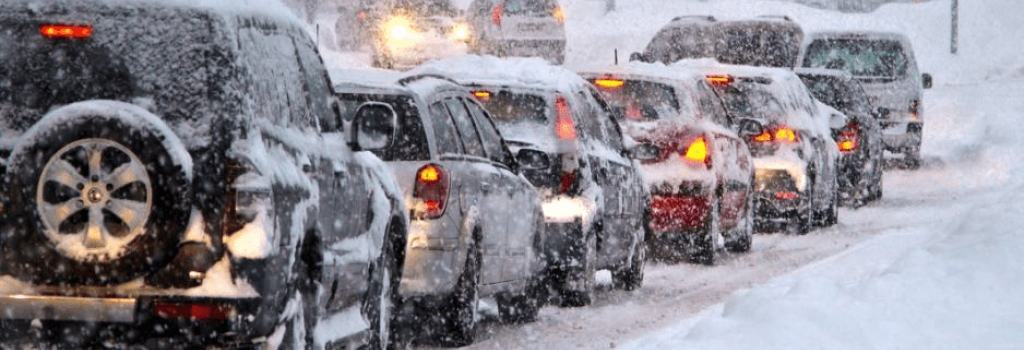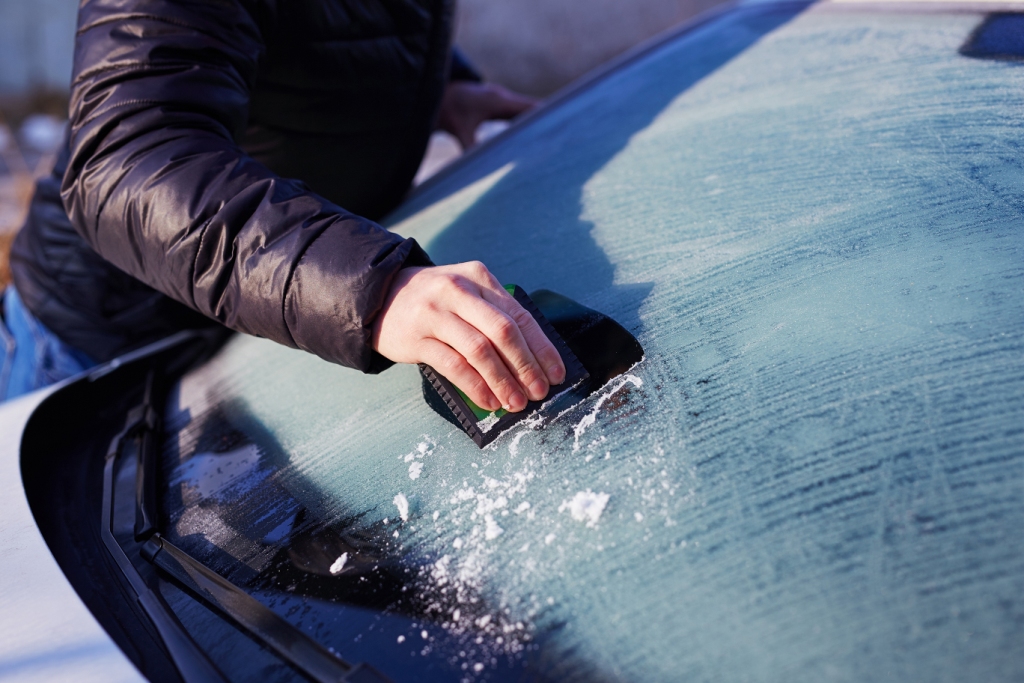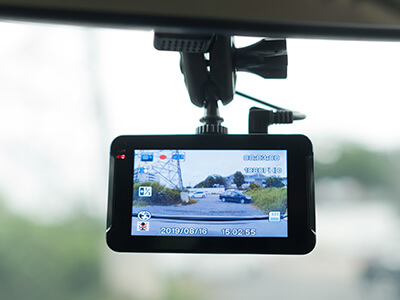Winter Driving Tips

With the winter weather setting in, we’ve got a few tips to help make sure you arrive safely at your destination this winter.
Try to plan in advance
With the roads likely to be more congested and the risk of adverse weather, you’re likely to need more time for your journey, so it’s a great idea to stay informed and check your route before you set off. You can use the Met Office to stay up to date with weather warnings, and mobile apps such as Google Maps and Waze to keep an eye on the traffic.
If you can, travel outside of peak times
Try and travel early in the morning or after the evening rush hour, as long as the weather is suitable to do so. If you have to travel in peak times, think about taking an alternative route away from the main roads, unless any adverse weather means this isn’t a safe option. Don’t forget to take a break every couple of hours.
Check your car before setting off
A few quick checks are always a good idea before any long journey, but especially important at this time of year when the weather can be unpredictable. We’d recommend checking:
- Tyres – Tread and Pressure
- Windscreen wipers
- All lights work
- Oil and antifreeze/coolant
Take a look at our winter car prep guide for more info.
Have you got an essentials pack?
This should include things like a torch, a blanket and warm clothes, food and drink, first-aid kit, spade, warning triangle, and high-visibility vest. A playlist of your favourite songs is optional!

Ensure your car is thoroughly defrosted before leaving
Using credit cards or other unsuitable items to scrape the windscreen can take more time, and could even scratch the glass. And don’t pour hot water on the ice as the rapid increase in temperature could cause the glass to crack. Instead, use de-icer spray and an ice scraper.
Dipped headlights
If the weather is causing poor visibility, you should put these on to make sure other drivers can see you but avoid using your beam or rear fog light (unless it’s actually required) as they can dazzle other drivers. The Highway Code states that drivers must turn headlights on when visibility reduces to less than 100m, so make sure you can see and be seen.
Think about your stopping distances
These are increased when the weather is wet or icy – it can take double the distance to stop in wet weather, and up to ten times the distance to stop in icy weather. The Highway Code states you should allow at least a two second gap between you and the car in front, more if you're driving in adverse conditions. You can check the timing by watching when the car in front of you passes a fixed object, such as a bridge over the road, and counting the seconds it takes you to reach that object. Saying ‘Sheilas’ Wheels’ between the numbers is roughly one second!
Hopefully, you’re now feeling ready for your journey, whatever the weather may bring. Don’t forget you can check your cover, renew your policy and, should the worst happen, make a claim 24/7 in your Account.
Looking for more information on our car cover? Check out Sheilas’ Wheels Car Insurance.
You might also be interested in

Top security tips to keep your Christmas merry
Helping make sure you stay jolly, not sorry, this season

Can a dash cam help with a claim?
Why you might want to consider one, and what types are available
